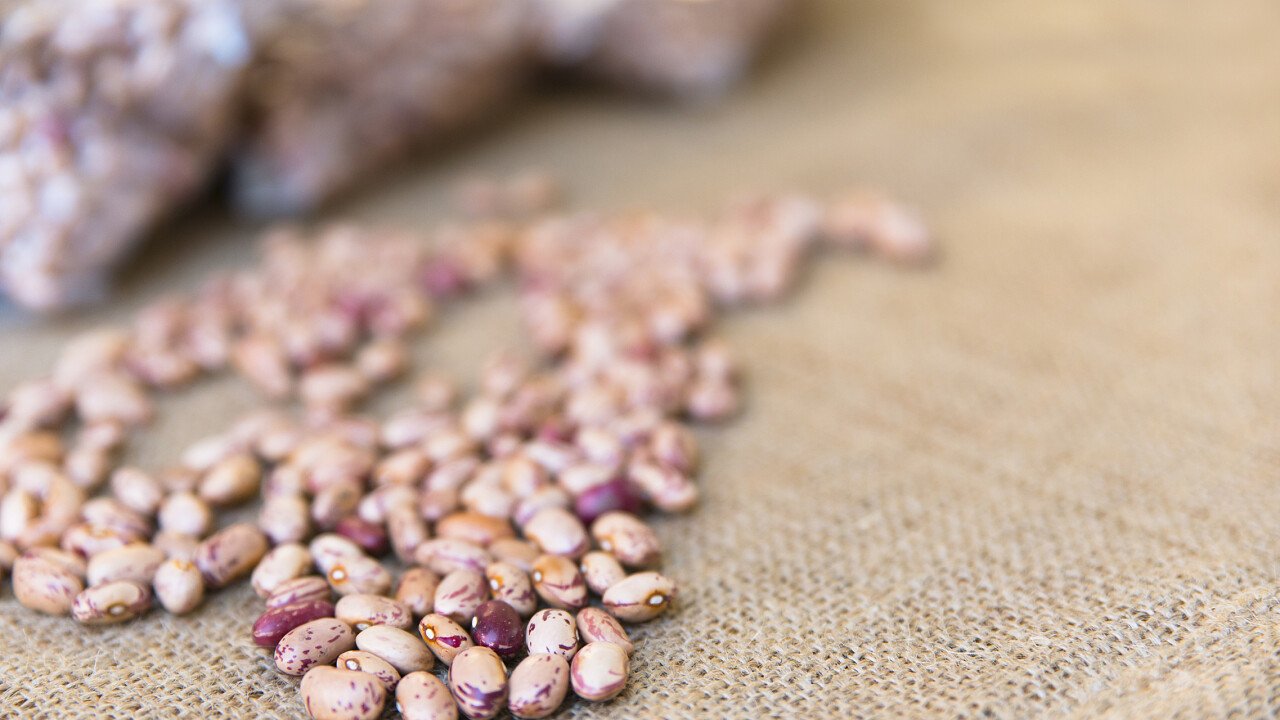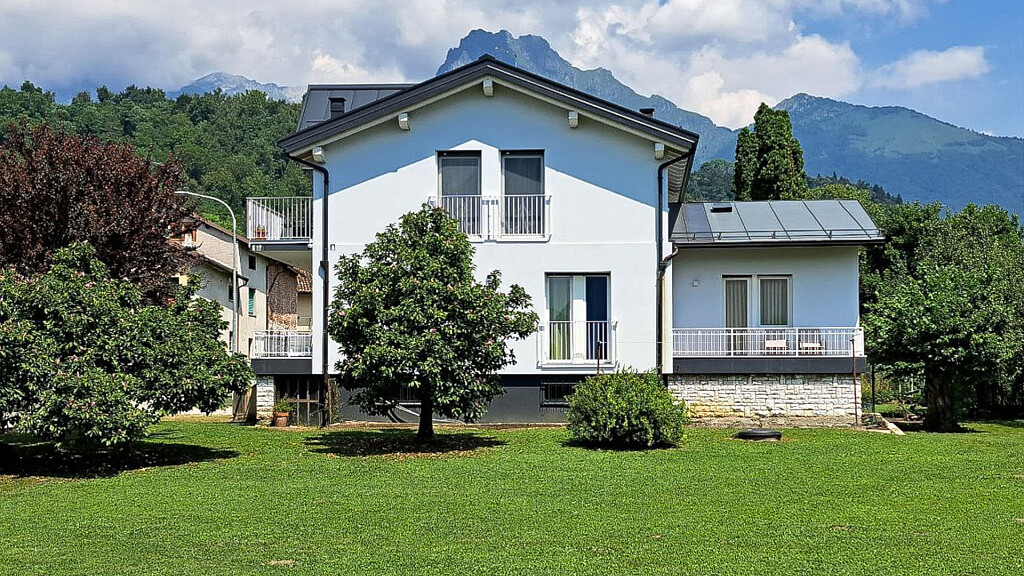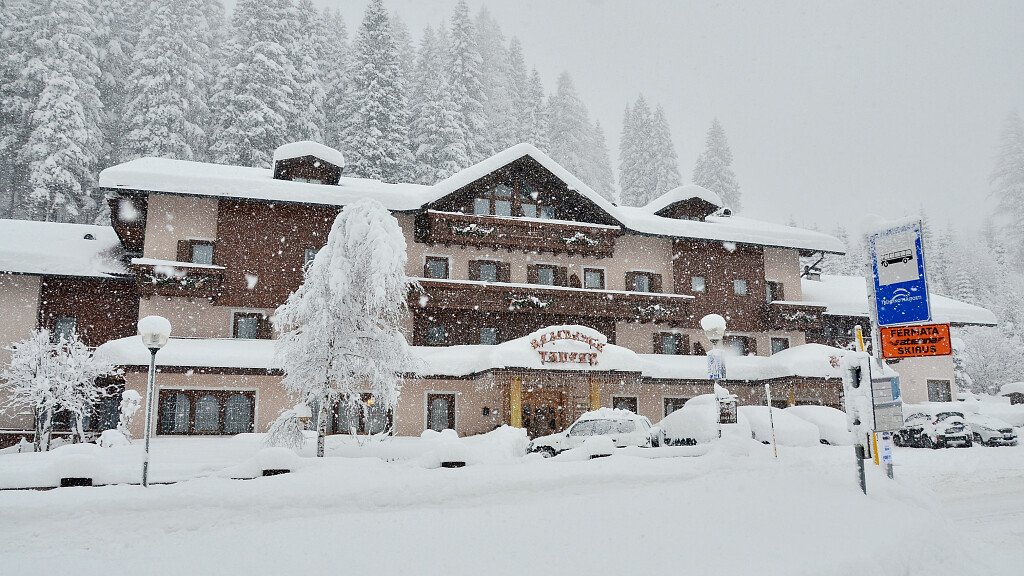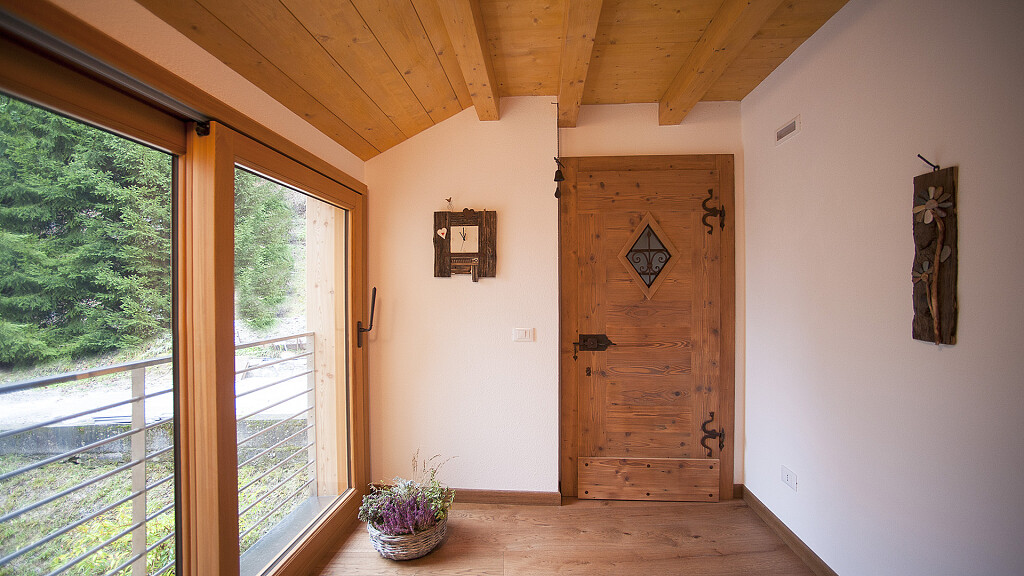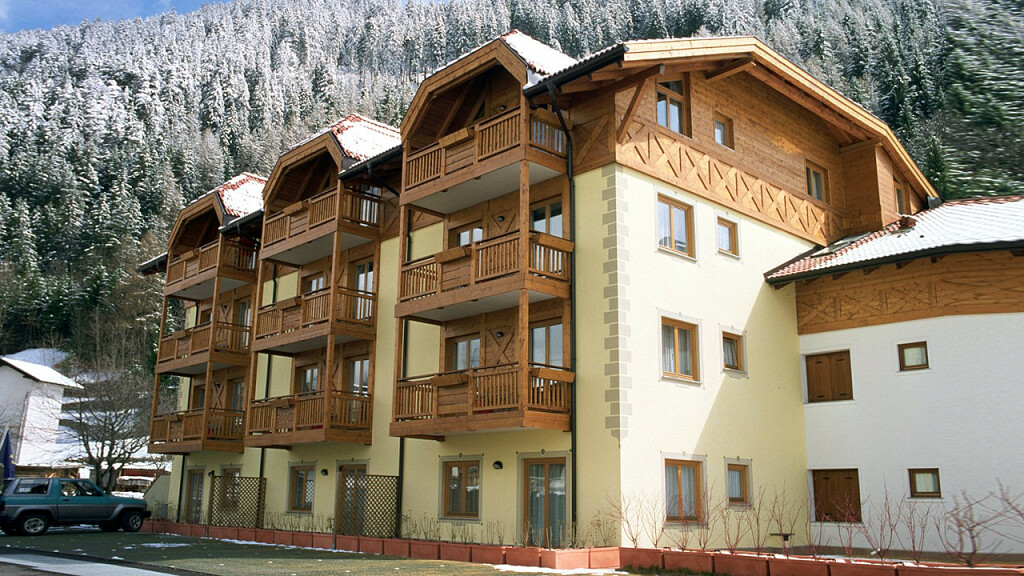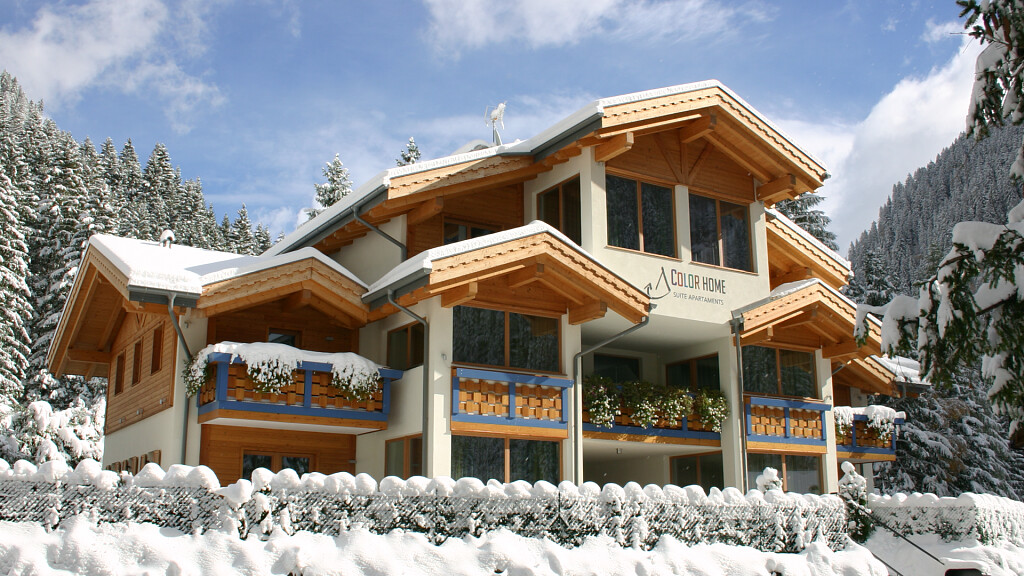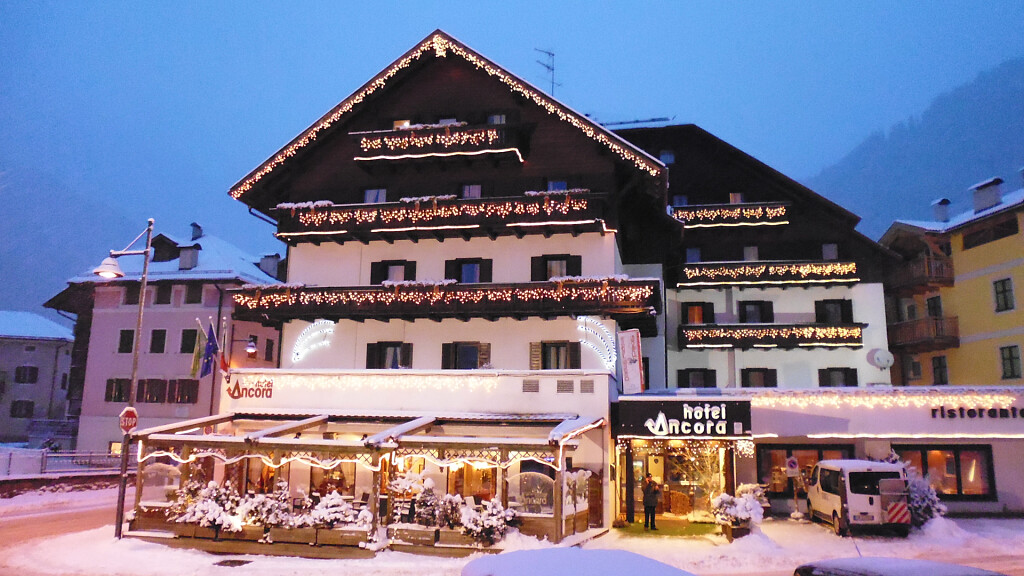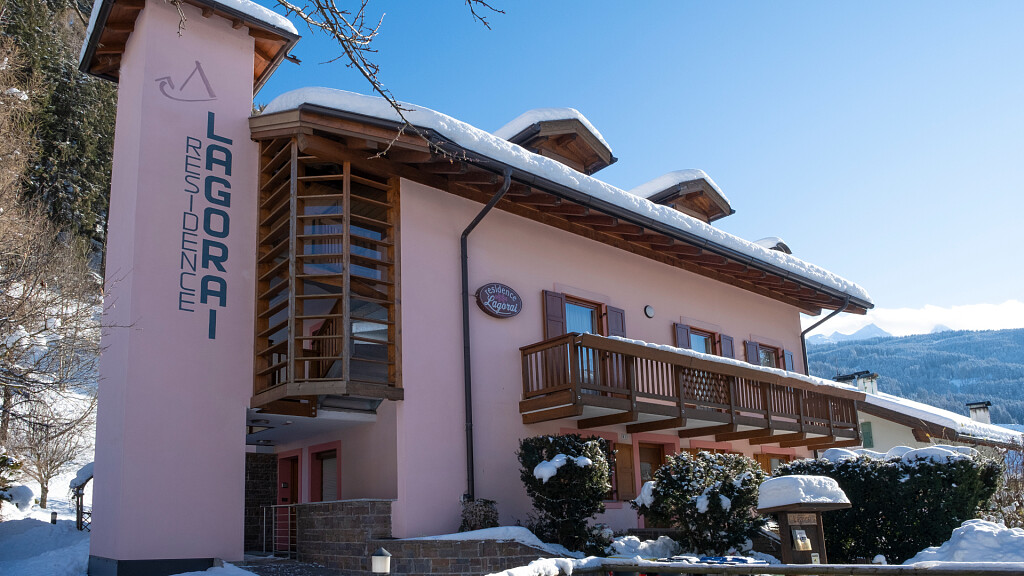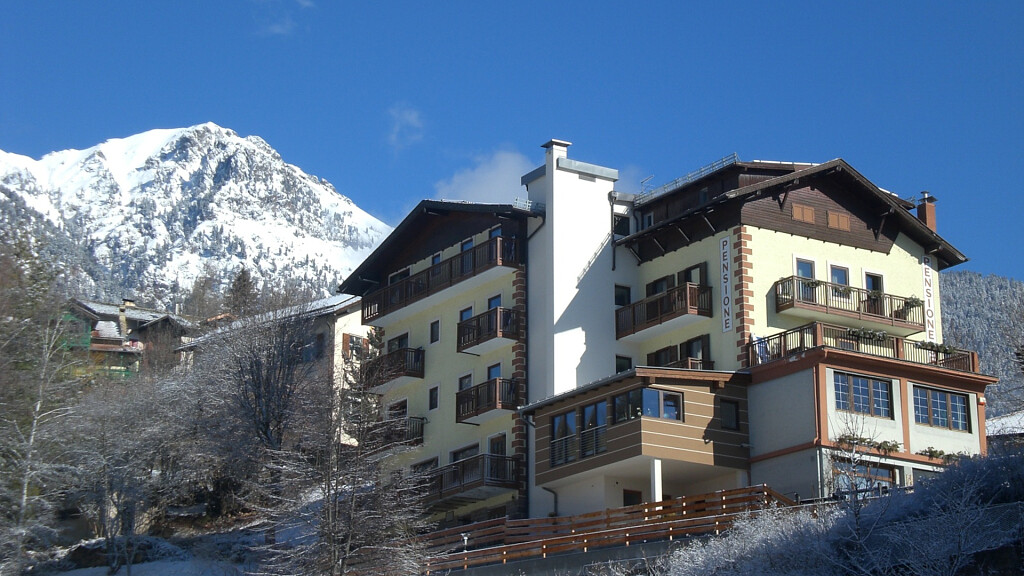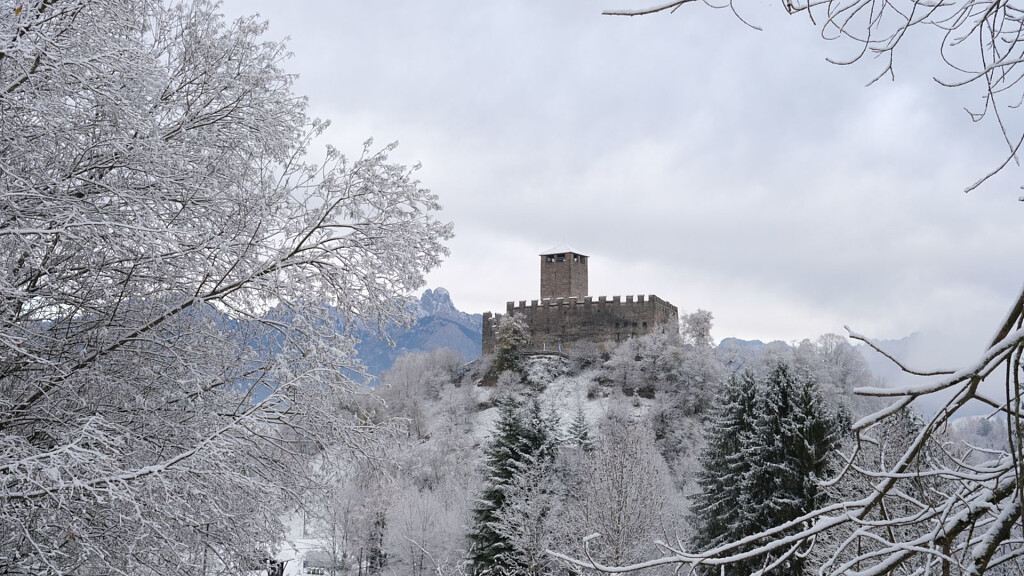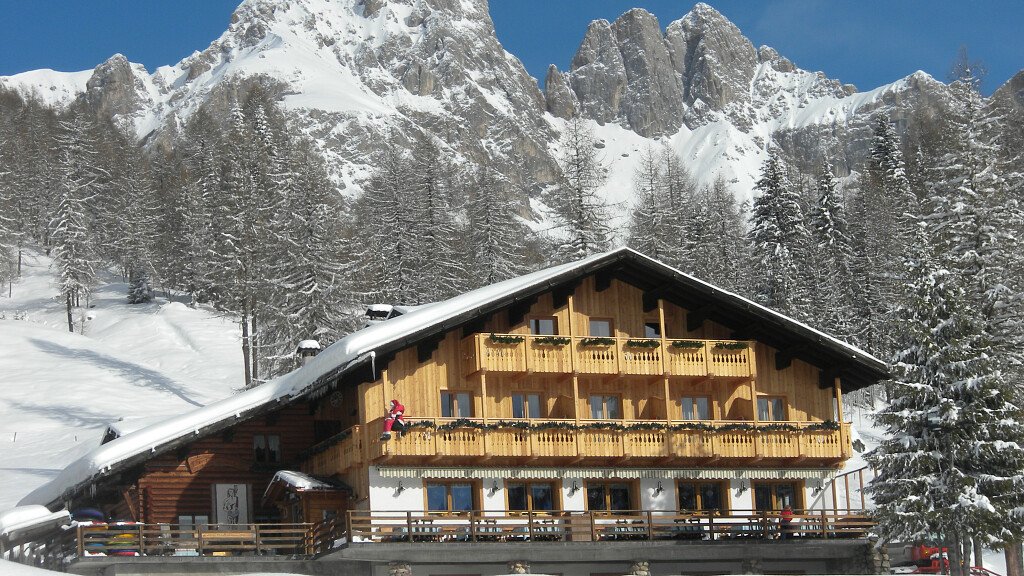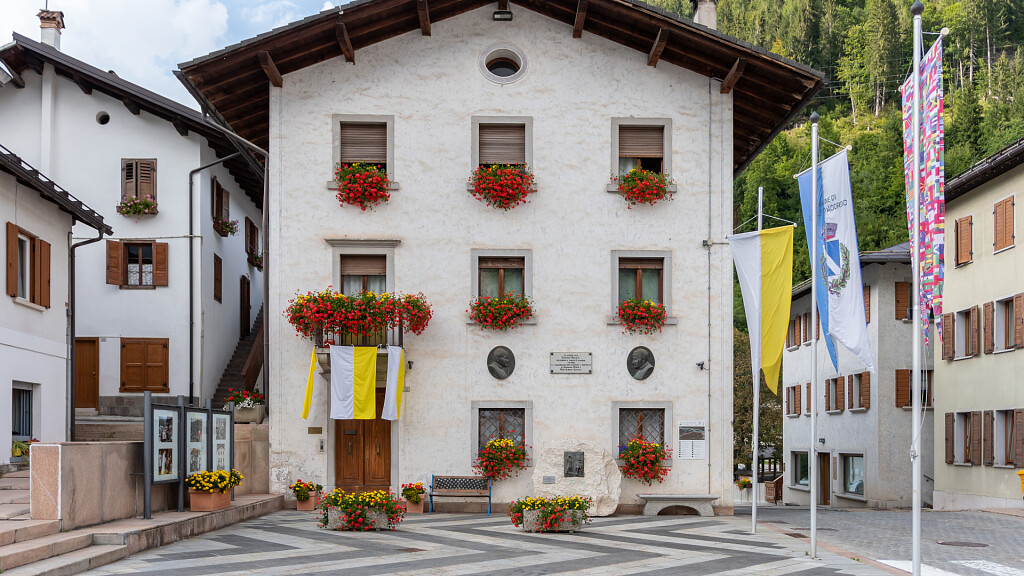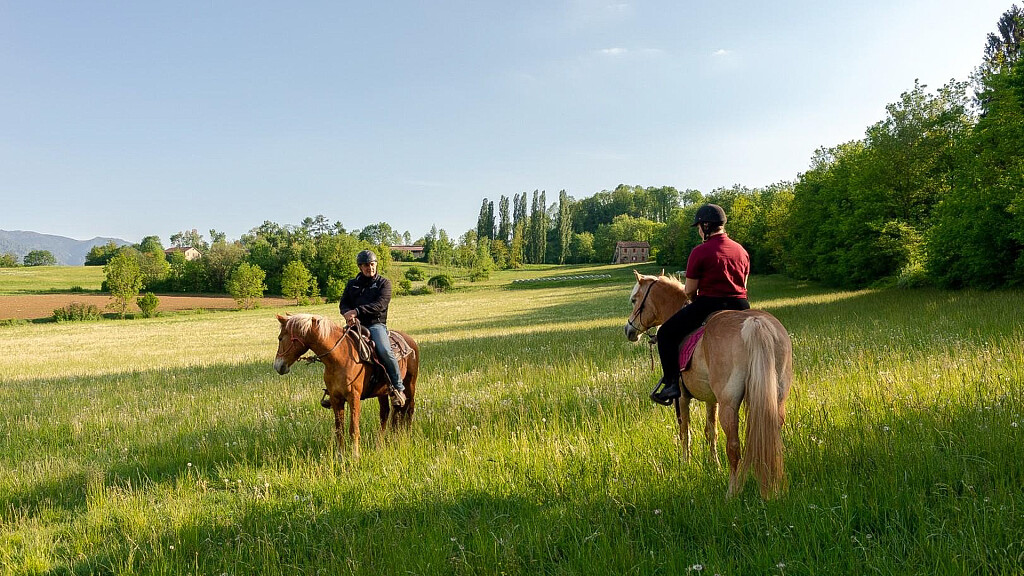Beans are called "the poors meat" by many people, since they possess several nourishing and energy-giving properties. Lamon bean, cultivated in the lamon and Sovramonte districts, is selected from a certified seed coming from these two districts. Its main characteristics are a thin skin and a tender flesh that make it unique in its type.
Lamon bean characteristics
The bean presents four varieties: the Spagnolit, the smallest but the most suitable for salad; the Spagnolon, bigger and oval in its shape, suitable for salad and soups; the Calonega, it is a bit cracked and has a live red colour, suitable for soups; and finally the Canalin, very dark and oval, it has a thick peel and for that reason it is suitable for vegetable purèe.
Lamon bean has a very thin peel and a tender pulp that make it much sought-after by gourmets and it is cultivated following the traditional methods, carefully selected and worked.
The seed production area is restricted to the Lamon and Sovramonte table-lands, where it exists a century-old selection activity made in little family farms. The sowing, as tradition wants, takes place the 3rd May, the day of Santa Cruz, while the harvest starts in the second half of August and ens at the end of September.
Historical notes
It results from historical researches that the bean appeared in Lamon plain in 1500, thanks to the humanist Pietro Valeriano, an official of the Pope Clemente VII, by whom he received a small bag of beans coming from the Spanish court. The pulses, that in this territory found a perfect environment for their growth and cultivation, became a real deliciousness, and soon replaced the cultivation of peas and broad beans.
Really the introduction of the bean was slow and difficult, since there were some beliefs about the difficult digestion of dried pulses, but the bean eventually became popular as it let farmers to have a larger production in a single field. Besides it has become the basic food of the Lamon diet, it represents also an important economic resource for this territory.
Underwriting syndicate for the Protection of the Lamon bean
Since 1993 a Underwriting syndicate for the Protection of the Lamon bean is operating, and intends to develop, protect and propagandize the production and the consumption of this typical mountain product. It obtained the certification of the protected geographic origin, with which the quality and the origin of the product are certified. Moreover it increased the production and improved the seed quality.
The most well-known recipes:
- Savoy cabbage and beans soup
- Pendolon
- Polenta, beans and pork stew

